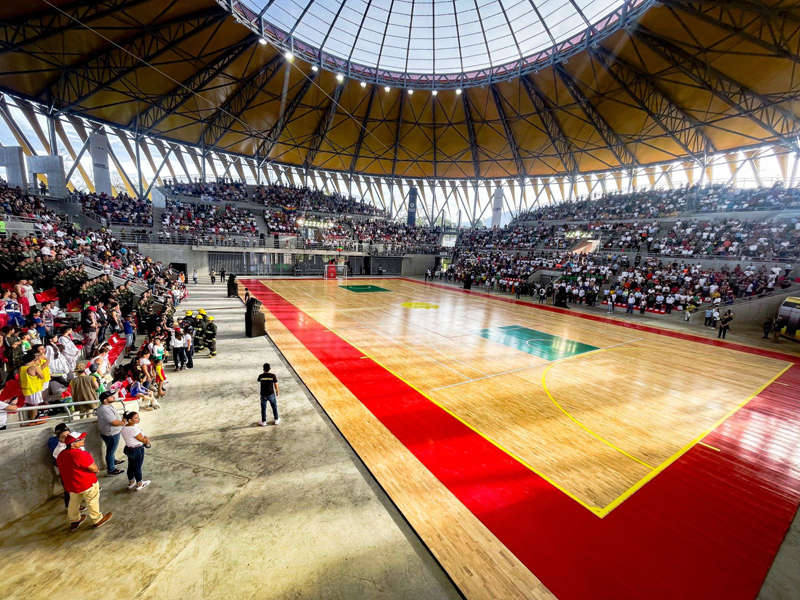Introduction
Indoor sports wood flooring has come a long way from its humble beginnings. Initially, simple wooden planks were used in sports halls, but over time, advancements in technology and a deeper understanding of athletes' needs have transformed this essential component of indoor sports facilities.
Early Days
In the early 20th century, indoor sports venues often featured basic wooden floors. These floors were prone to warping, cracking, and uneven surfaces, which posed risks to athletes. The lack of proper shock absorption meant that players were more susceptible to injuries, especially in high - impact sports like basketball and volleyball.
Technological Advancements
With the advent of new materials and manufacturing techniques, the quality of indoor sports wood flooring improved significantly. Sub - floor systems were developed to enhance stability and shock absorption. For example, the use of rubber or foam padding beneath the wooden surface helped to reduce the impact on athletes' joints. Additionally, advancements in wood treatment methods made the floors more durable and resistant to moisture and wear.
Modern - Day Standards
Today, indoor sports wood flooring must meet strict international standards. These standards cover aspects such as shock absorption, vertical deformation, ball rebound, and surface friction. The International Basketball Federation (FIBA) and other sports governing bodies have set guidelines to ensure that athletes can perform at their best while minimizing the risk of injury.
Conclusion
The evolution of indoor sports wood flooring is a testament to the commitment to athlete safety and performance. As technology continues to advance, we can expect even more innovative solutions in the future, further enhancing the indoor sports experience.

Leave a Reply